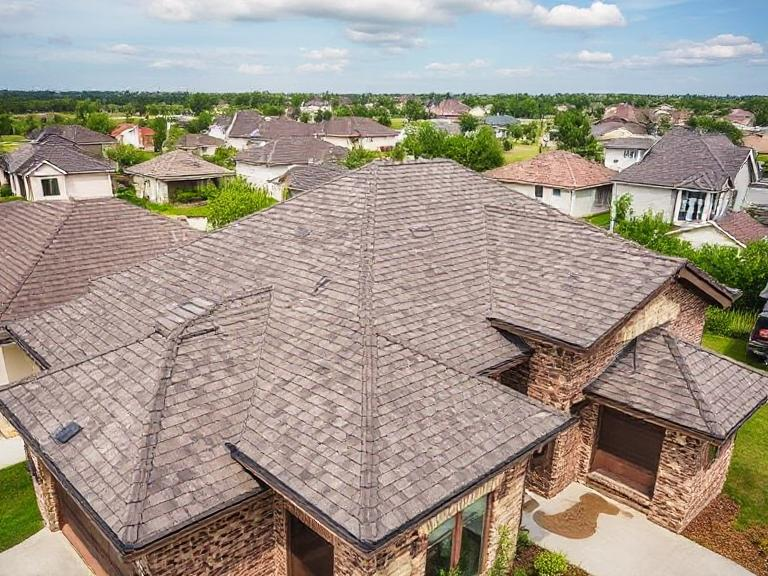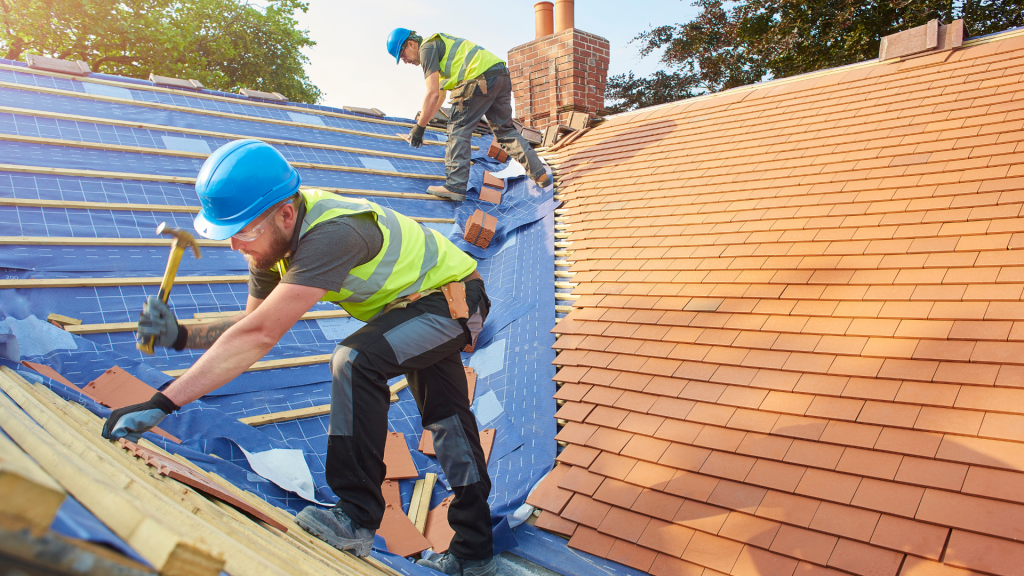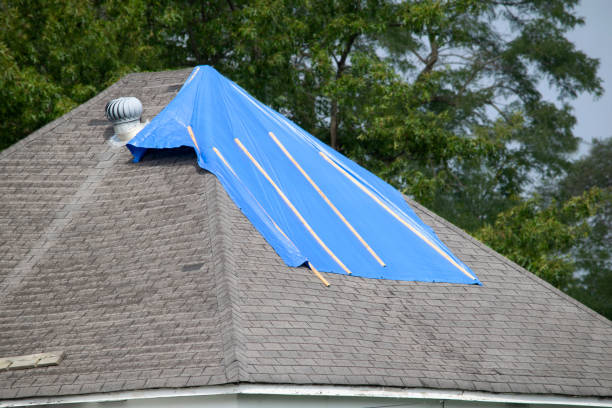
Understanding Insurance Payouts for Hail-Damaged Roofs
Introduction
Hailstorms can wreak havoc on homes, especially roofs, leading to costly repairs or replacements. For homeowners, understanding how insurance payouts work for hail-damaged roofs is essential in navigating the aftermath of such storms. This article delves into the intricacies of insurance claims related to storm damage, focusing specifically on hail damage and its impacts on your roofing system. We’ll explore the roles of various professionals like roofing contractors, discuss emergency tarping solutions, and elucidate what to expect during the claims process.
Understanding Insurance Payouts for Hail-Damaged Roofs
When hail strikes, it can create significant damage that may compromise the integrity of your roof. Homeowners often find themselves asking: How will my insurance cover these damages? The answer lies in understanding your policy details, including coverage limits and deductibles.
What Does Your Insurance Policy Cover?
Most homeowner's insurance policies include coverage for storm-related damages, including hail. However, it’s crucial to read the fine print. Coverage typically includes:
- Repair Costs: The cost to repair or replace damaged roofing materials.
- Labor Costs: Fees charged by your roofing contractor for their services.
- Emergency Tarping: Tarps used temporarily to prevent further water damage.
Types of Roofing Damage from Hail
Hail can cause various types of damage to roofs:
Recognizing these types is vital when documenting your claim.
The Role of a Roofing Contractor in Claims Processing
A qualified roofing contractor plays an essential role in assessing damage and preparing estimates for insurance claims.
How to File an Insurance Claim for Hail Damage
Filing a claim might seem overwhelming at first glance; however, breaking it down into manageable steps simplifies the process:
The Importance of Timely Claims
Timeliness is crucial when filing claims after a hailstorm:
- Most insurers require you to file within a specific time frame after discovering damage.
- Delays can result in denied claims due to policy restrictions.
How Much Will My Insurance Pay?
Determining how much you’ll receive from an insurance payout involves several factors:
Deductibles Matter
Your deductible is the amount you're responsible for before your insurance kicks in:
- Higher deductibles typically mean lower premiums but more out-of-pocket costs during repairs.
Actual Cash Value vs Replacement Cost
Insurance policies usually offer two types of payouts:
Understanding which type applies is crucial for realistic expectations regarding payouts.
Claim Limits Based on Policy Terms
Each policy has specific limits based on coverage terms; knowing these limits helps avoid surprises later on:
- Review policy documents carefully.
- If uncertain about terminology or coverage limits, consult with an insurance agent.
Emergency Tarping Solutions After Storm Damage
After experiencing hail damage, immediate action may be necessary to prevent further issues—enter emergency tarping!
Why Emergency Tarping Is Essential?
Emergency tarping serves as a temporary fix that protects your home from additional water intrusion while waiting for more permanent repairs:
- Prevents mold growth
- Protects interior furnishings
Finding Emergency Tarping Services Near You
Searching “roof tarping near me” will yield local contractors who specialize in quick responses post-storm:
Choosing a Reliable Roofing Company for Repairs
Selecting the right roofing company ensures quality repairs following hailstorm damages:
Key Qualities to Look For in a Roofing Contractor
When searching for qualified contractors, consider these traits:
Request references or check online reviews to gauge reliability effectively!


Getting Multiple Estimates Offers Better Insight
Don’t settle on the first estimate you receive; gather multiple quotes from different companies:

- Compare prices
- Evaluate service offerings
- Consider warranties provided
FAQs About Insurance Payouts for Hail-Damaged Roofs
1. What should I do immediately after my roof is damaged by hail?
Immediately document any visible damages through photographs and contact your insurance provider to report the incident promptly.
2. How long do I have to file a claim after storm damage occurs?
Most insurers have deadlines ranging from 30 days up to one year after discovering the damage—check with your insurer directly!
3. Will my rates go up if I file a claim?
It depends on your insurer’s policies; however, filing multiple claims within a short period could raise rates due to perceived riskiness.
4. Can I choose my own roofing contractor?
Yes! You have every right to select any licensed contractor you trust for repairs—your insurer must adhere unless specified otherwise in their guidelines.
5. What happens if my claim gets denied?
If denied due reasons such as insufficient evidence or lack of coverage details outlined in roof repair Wylie your policy documentation—it’s advisable first appealing through formal channels set by them before pursuing legal action if necessary!
6. How much does it typically cost to replace a roof?
Costs vary dramatically based on material choice (asphalt shingles vs metal), labor expense fluctuations depending upon geographical locations—but average ranges lie between $5K-$20K depending upon complexity involved therein!
Conclusion
Understanding insurance payouts for hail-damaged roofs requires careful consideration of several factors—from initial assessments by contractors through policy nuances impacting reimbursement amounts—all while ensuring timely communication with insurers at every step along this journey toward restoring peace back into our lives post-storm chaos! By engaging knowledgeable professionals like certified roofing contractors focused specifically around storm damage roof repair practices coupled alongside effective emergency tarping strategies—we empower ourselves collectively towards safeguarding homes against nature’s unexpected wrath—and looking ahead towards brighter days free from worry thereafter!